English | Dutch |
|
| An unexpected change of plans | |
Sighnaghi (Georgia) to Tbilisi (Georgia), May 2014
|
|
| |
|
We got to know Georgia as a wonderful and beautiful destination. The limited size of this country in the Caucasus makes it possible to traverse the entire country in a long travel day. We ended up visiting almost every corner of Georgia and must admit that the high mountains in the north, have made the most impression on us. The regions around Mestia (Svaneti) and Kazbegi are wonderfully beautiful, but the remote and ancient villages of Shatili and Mutso, on the border with Chechnya, have really stolen our hearts (see also the photo impression about Shatili and Mutso). We were not able to visit the region of Tusheti (around the village of Omalo) due to bad weather, but we see that as a good reason to come back to Georgia somewhere in the future.
|
|
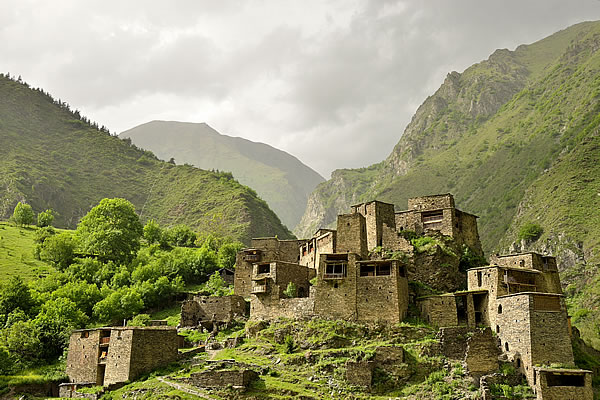 |
|
Georgia's most beautiful village: Shatili |
|
We have spent a week in the capital Tbilisi where we had to wait for our Kazakh visa. Eventually everything went well and we made the drive over the Military Highway to Kazbegi for the second time. However, this time we're not going to explore this lovely area but we want to cross the border into Russia on our way to Central Asia. The border crossing near Kazbegi is the only land connection between Georgia and Russia at the time. The relations between the two countries are still fragile, because of the short war that has raged in 2008, because of the breakaway (Georgian) region of Abkhazia (supported by Russia). But the situation has tempered somewhat, with the result that the Kazbegi border has also been opened for foreign travellers in 2012.
|
|
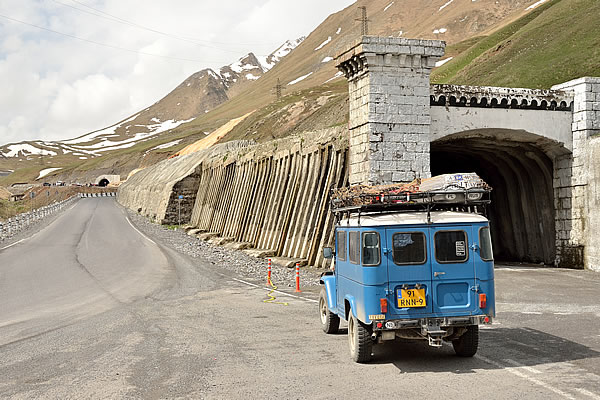 |
|
Landslide tunnels on the Military Highway on our way to the Russian border |
|
| We regularly kept an eye on the news to hear if there were any developments. After the first two weeks, the road wasn’t open yet. We were told that we still had to count on at least ten days more. When we were back in the capital Tbilisi more than a week later, and the disaster had occurred three weeks earlier, there was still no target date regarding the reopening of the border post. "It is going to last at least a week or two more before the crossing opens again” is what we kept hearing. Through the internet we understood from other travellers that some of them were considering the border crossing between Azerbaijan and Russia (via Dagestan). But for us that is no option, because it is simply too dangerous for western people to travel through Dagestan at the moment.
|
|
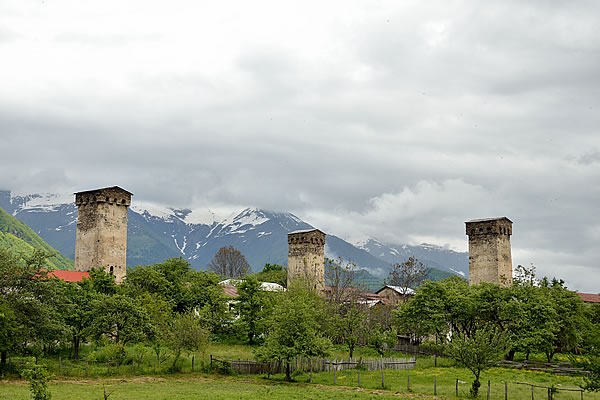 |
|
Centuries old defensive towers in Svaneti |
|
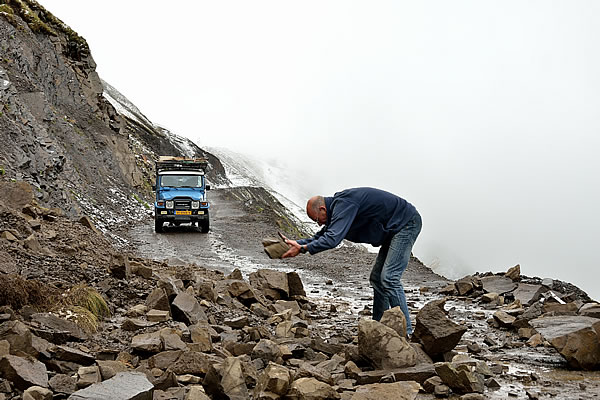 |
|
Work to do: clearing a landslide by hand on the way back from Shatili |
|
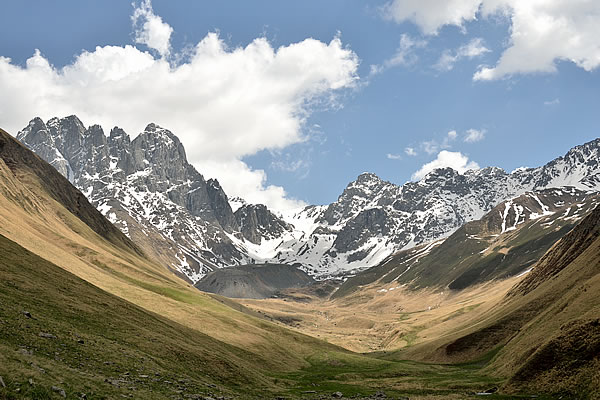 |
|
The picturesque Sno Valley near the village of Juta |
|
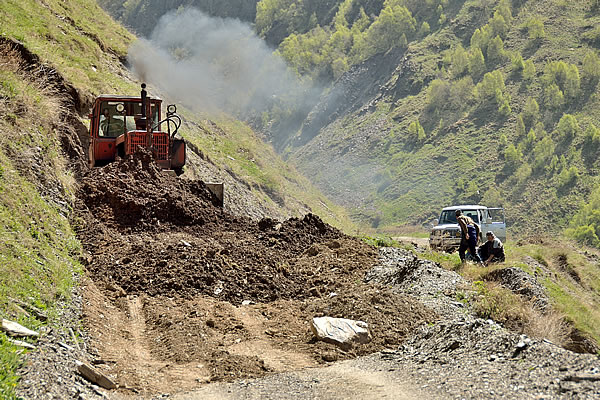 |
|
Waiting for the landslide to be cleared |
|
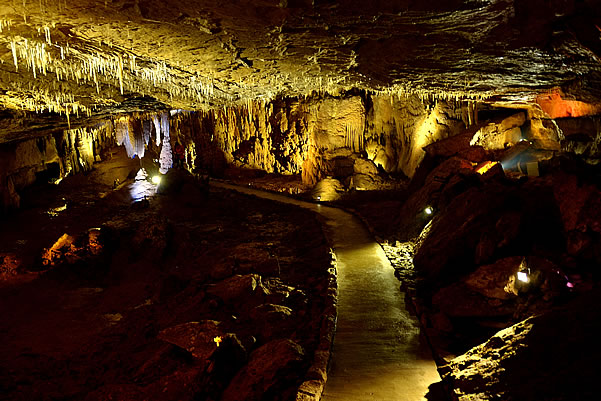 |
|
The Prometheus Caves near Kutaisi |
|
| <Previous weblog> | |